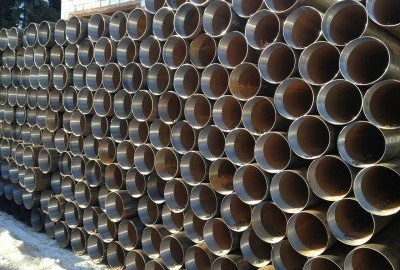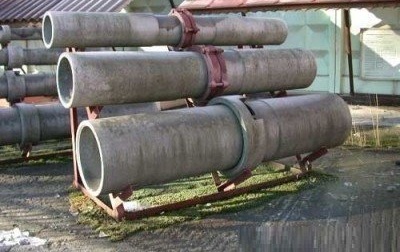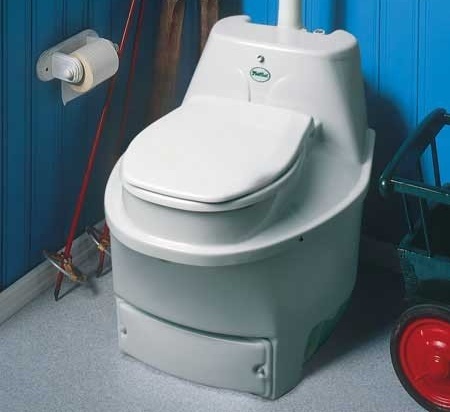How to choose pipes for a well - a comparison of steel, plastic and asbestos cement options
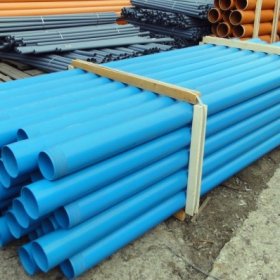
Autonomous water supply in a private house is a necessary component of comfortable living, especially in areas remote from centralized water supply systems. The implementation of this task requires the solution of many different questions, one of them: which pipes are better for the well?
To reach the aquifer, a rather laborious operation is carried out - drilling a well. Pipes help protect the walls of the well from collapse and keep the water clean. The first task is performed by casing pipes, and the second by production pipes. However, manufacturers seek to minimize the cost of work, so modern pipes can simultaneously perform both of these tasks.
It is worth noting that companies professionally engaged in drilling, on the question of which pipe to choose for the well, give completely different advice, focusing not so much on the situation of their potential client as on their own preferences, skills and capabilities. Therefore, before calling a company that provides this type of service, you need to find out what kind of pipes are and in what situations they are recommended to be used by professional builders.
General points to consider
The market offers a variety of pipes made of three types of material:
- become;
- asbestos cement;
- plastic.
But among them it is difficult to find a universal option that is suitable for any well.
The conditions under which drilling will be carried out vary, therefore, for each specific situation, you need to look for the best option. When choosing which pipe to use for a well, a number of factors should be considered:
- drilling depth;
- drilling technology;
- well diameter;
- soil structure.
The fact is that the soil is heterogeneous and has some mobility, so casing pipes experience significant loads from the outside and inside. That is why it is very important to determine from which aquifer it is supposed to extract water. It is also necessary to evaluate the possibility of penetration of sewage into the pipe and the level of passage of higher aquifers.
Tip: The easiest way to find out the condition of the soil, as well as the depth and location of the aquifer, is to find out how the neighbors solved this problem. To do this, it is enough to find the current well, which is located as close to the site as possible.
Steel option: reliable and expensive
Steel pipes have a well-deserved reputation as the most reliable structures for wells. The durable six-millimeter pipe easily withstands almost any load, keeps the water clean and faithfully serves its owners for fifty years. A well with such a casing can be cleaned without worrying about possible damage. This is a perfectly suitable pipe for a well pump.
In addition to the traditional steel pipe, varieties are presented on the market:
- enameled;
- galvanized;
- from the "stainless steel".
Unfortunately, it is practically impossible to install enameled structures without chips, and damage to the enamel leads to fairly rapid corrosion. Some experts believe that the use of galvanized metal with prolonged contact with water can cause zinc oxide contamination, which is very harmful to health.
The main disadvantage of steel structures is the very high price. Therefore, manufacturers are constantly looking for alternatives to expensive steel.
Please note: If black steel structures are used, particles of rust may appear in the water over time. The problem is easily solved using a conventional household filter.
Asbestos-cement pipes: inexpensive but brittle
Asbestos cement is chemically neutral, tremendously resistant to corrosion and has no limitations on the period of operation.
Pipes from this material will cost much less than steel. They would have long displaced all metal structures from the market, if not for one drawback: this is a rather fragile material.
As a result, in order to ensure sufficient strength, asbestos cement pipes are made with very thick walls, for which a larger diameter well must be drilled. In addition, work with asbestos cement should be done very carefully, but not all installers have a sufficiently high professional level for this.
Advantages and disadvantages of the plastic option
There are three types of plastic pipes for the well on the market:
- from unplasticized polyvinyl chloride (nPVC);
- from polyethylene of low pressure (PND);
from polypropylene (PP).
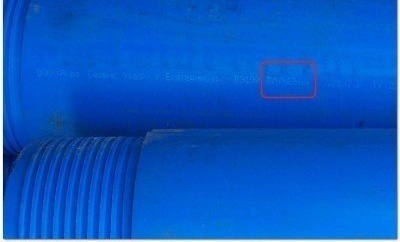
Inexpensive plastic pipes are an excellent choice for shallow wells. But look, that they were just for drinking water!
All these materials are distinguished by a number of remarkable operational characteristics:
- safe for health;
- resistant to corrosion;
- provide tight connection;
- light weight.
All this makes plastic pipes very convenient for transportation and installation.
Unfortunately, they do not differ in special strength, therefore a well made of plastic pipes can be created with a drilling depth of not more than 60 meters. Widely used are operational plastic pipes in steel casing.
Thus, owners of areas where the aquifer is shallow, about 50 meters from the surface, have more options. However, in deep drilling and on complex soils, preference should be given to although expensive, but strong and reliable steel.
